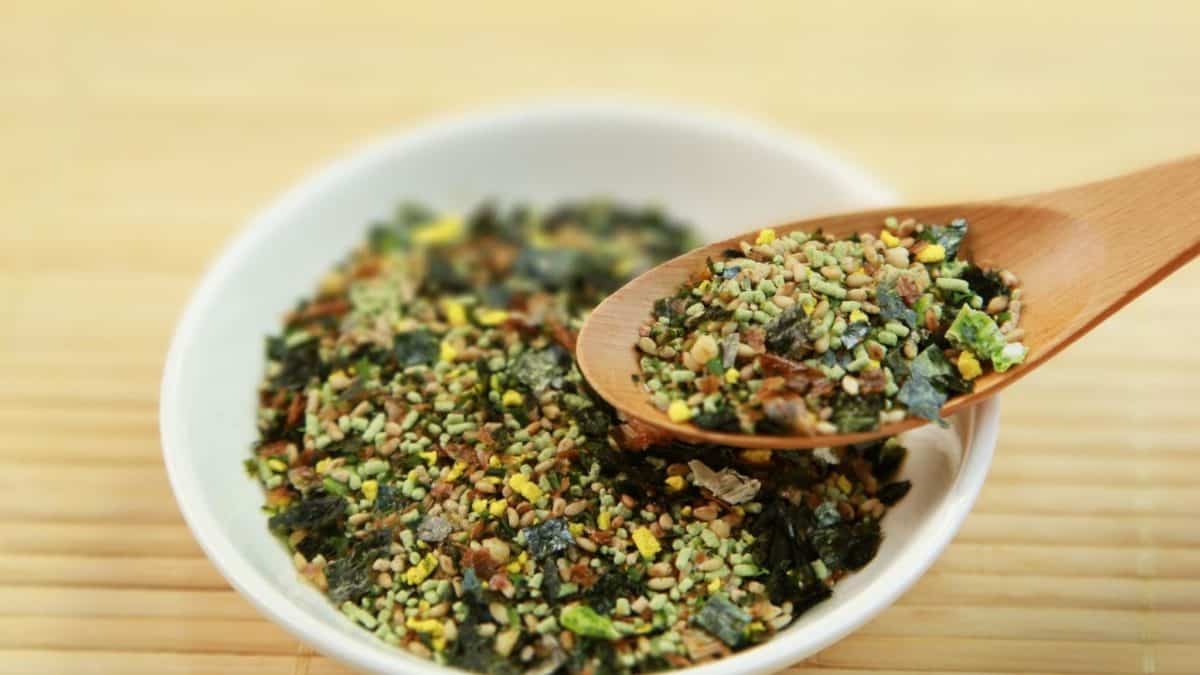Do You Need To Cook Furikake? When To Use It
Furikake is delicious on its own, but you do want to use it on a cooked dish, don’t you? The great thing is, all of the ingredients are dried and ready to use.
You don’t need to cook furikake to eat. You can add it to hot steamed rice or to cooled down sushi rice, but the furikake itself does not need to be heated. It’s made of all-dried ingredients that are ready to be eaten as is.
In this article, I’ll show you exactly how to use it and when to add it to your dish.

Even when you make furikake yourself, you don’t need to cook it. The only thing that’s cooked is the sesame seeds you’ll want to toast in a minute or so.
Furikake consists of:
- dried nori seaweed, the same snack you can eat in sheets or roll around your sushi. That’s already dried and roasted
- bonito flakes, fermented fish that’s ready to be eaten
- dried anchovies or salmon you can consume straight out of the jar
- roasted sesame seeds
- sugar
- salt
Furikake is meant to be sprinkled on top of rice after it has been cooked so the furikake itself is never cooked. It’s crunchy and taste on its own.

Check out our new cookbook
Bitemybun's family recipes with complete meal planner and recipe guide.
Try it out for free with Kindle Unlimited:
Read for freeWhen to add furikake to your dish
Furikake means “to sprinkle on top” so you really do sprinkle it on top of your rice dish once it’s plated or on your salmon once it’s cooked. Onigiri mixes it in the rice before rolling the balls and there are some modern dishes that use it as a crust when baking.
Also read: how much furikake to use on your rice, the definitive answer
Check out our new cookbook
Bitemybun's family recipes with complete meal planner and recipe guide.
Try it out for free with Kindle Unlimited:
Read for freeJoost Nusselder, the founder of Bite My Bun is a content marketer, dad and loves trying out new food with Japanese food at the heart of his passion, and together with his team he's been creating in-depth blog articles since 2016 to help loyal readers with recipes and cooking tips.
